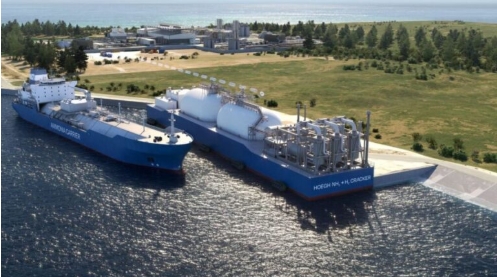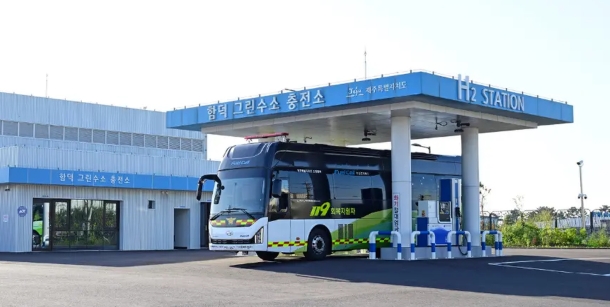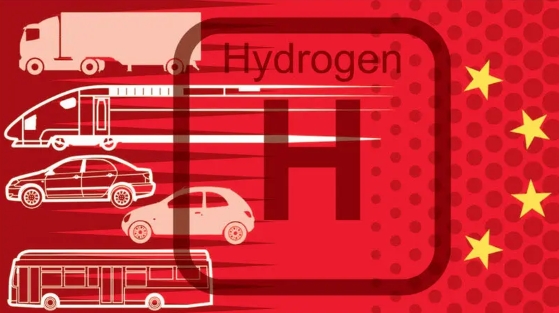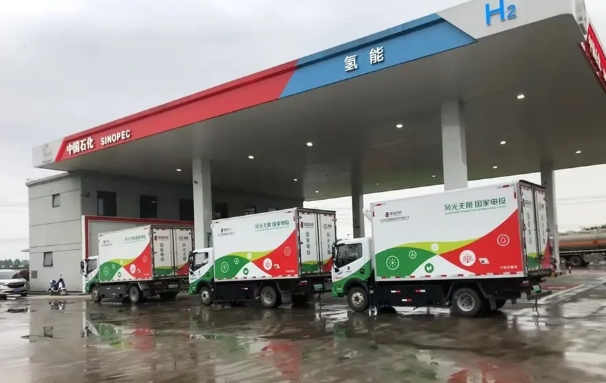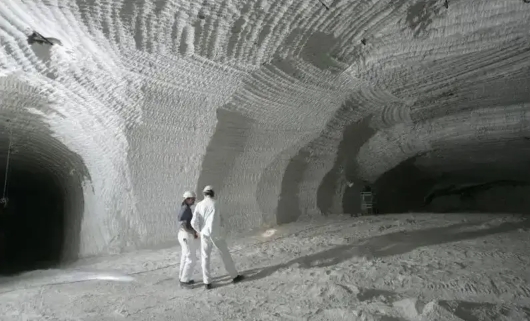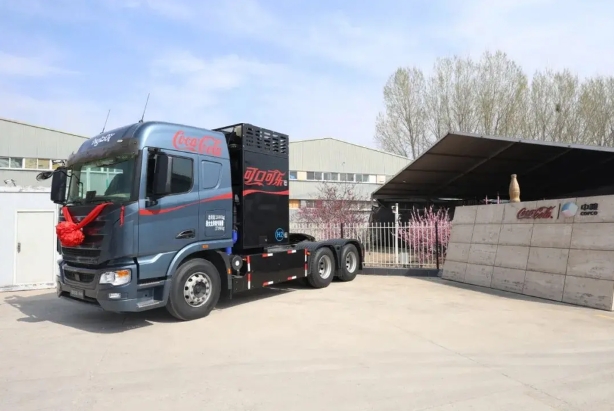The organizing committee of the 2020 Tokyo Olympic and Paralympic Games is planning to use the next-generation energy of hydrogen fuel to light the flames of the cauldrons and torch relay. If realized, the 2020 Games would be the first Olympics to use the alternative energy source for this purpose.
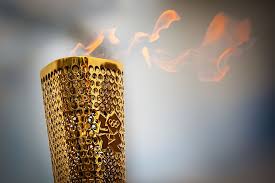
Hydrogen produced at a state-of-the-art plant under construction in Fukushima Prefecture, which was devastated by the 2011 Great East Japan Earthquake and tsunami, will be used, the sources said. The Athletes’ Village also will use hydrogen fuel as a power source.
The organizing committee intends to showcase Japan’s advanced technology with hydrogen and reconstruction as themes during the event.
According to sources connected to the organizing committee, the committee is discussing using the hydrogen fuel for the torch at the start of the relay in Fukushima Prefecture.
This torch is then used by the final torchbearer to light the cauldron at the new national stadium in Tokyo, the venue for the opening ceremony. Hydrogen fuel will be used for, among other things, another cauldron in the Daiba area of Tokyo to light the Olympic flame during the Games after the opening ceremony.
For the ceremonial torch lighting by sunlight in Greece, the historic origin of the Olympics, the Tokyo organizing committee is also considering hydrogen fuel for that torch.
A trial production of the hydrogen-fueled torch has already started in cooperation with private enterprises, sources said.
As hydrogen fuel does not emit carbon dioxide at the time of combustion and is a seemingly inexhaustible energy source on Earth, it is called the “ultimate clean energy.” Easier to transport or store compared to electricity, it is expected to be a new energy source for Japan, which has limited resources.
The flame from burning hydrogen fuel is colorless, but with additive agents, various hues can be created, such as red, purple and green.
A senior official of the organizing committee said that a torch displaying various colors “would expand the theatrical effect for the opening ceremony and torch relay.”
Currently in Namie, Fukushima Prefecture, the national New Energy and Industrial Technology Development Organization (NEDO), major industrial gas company Iwatani Corp. and other entities are building the hydrogen production plant that also will make use of solar power, making it one of the largest facilities of its kind in the world. The aim is to start operations at the plant before the Games.
By using hydrogen fuel from Fukushima Prefecture, the committee intends to spread the news to the global community about the region’s recovery since the 2011 disaster.
At the 1964 Tokyo Olympics, propane gas was used for the cauldron, making it a symbol of the “kitchen revolution” in which gas cooking ranges spread in Japan in place of kamado hearths.
“We want to achieve a second energy revolution through the Olympics,” said a senior official of the Tokyo organizing committee.
Additionally, the Tokyo metropolitan government plans to use hydrogen fuel cells to cover part of the electricity needs for accommodations in the Athletes’ Village in Chuo Ward, Tokyo, the sources said. It will also open a temporary hydrogen station nearby for fuel cell vehicles that will transport athletes and others related to the Games. The plan is for 100 FCVs to be running for these purposes in Tokyo by 2020.
After the Games, the Athletes’ Village residences will turn into condominiums and rental apartments to house up to 12,000 people. The committee also has a plan to establish a permanent hydrogen station and provide hydrogen fuel to the common areas of these buildings and commercial facilities there.
A senior official of the Tokyo government said, “We want to make the Athletes’ Village a showcase for a next-generation ‘hydrogen town.’”
